When we decided to see the Everglades, I pictured a muddy and mucky swamp with massive spiders, snakes hanging overhead (ready to drop), man-hungry alligators racing towards me, backwoods Jethro homesteads, and deep within the Everglades, dead bodies. (OK, that last one is because I read too many detective stories and in Carl Hiaasen style, yes, the Everglades are the best place to dump a body!)
What I found instead was a grassy, slow-moving river full of peering and/or sunbathing alligators, many unique ecosystems within the greater whole, a wide variety of large, long-legged birds, and knowledgeable tour operators and helpful rangers anxious to show it all off!
The Everglades has varied habitats – grassy marshes, hardwood hammocks that are jungle like inside, cypress swamps, slews, and water channels that open up onto lakes.
It is the only place on Earth where both fresh and brackish water alligators live alongside saltwater crocodiles. It’s also home to endangered animals such as the Florida black bear, Florida panther, and West Indian manatee. Strangely, our airboat tour guide noted that he’d even seen weird zoo escapees like monkeys.
It’s true that I have refused to paddle with Doug in our inflatable raft in any Florida waterway as I still have a healthy respect for those sneaky looking gators, but the Everglades were more benign than I’d imagined and dare I say, more beautiful!
“…the Everglades were more benign than I’d imagined and dare I say, more beautiful!”
This is, in part, due to its fragility. There are several environmental concerns and invasive species threatening the Everglades, including, most significantly, mismanagement of water flow. To allow for population growth, water diversions, dams, and canals were built starting in the 1900s to “drain the swamp”, resulting in the Everglades today receiving less than one-third of its historic water flow and a large amount of contamination from fertilizer and other runoff. The Everglades aquifer currently provides drinking water for over 7 million Floridians and restricting the fresh water flow from the Lake Okeechobee in central Florida that feeds this flow has caused salt water from southern Florida to backfill the area, affecting the water supply.
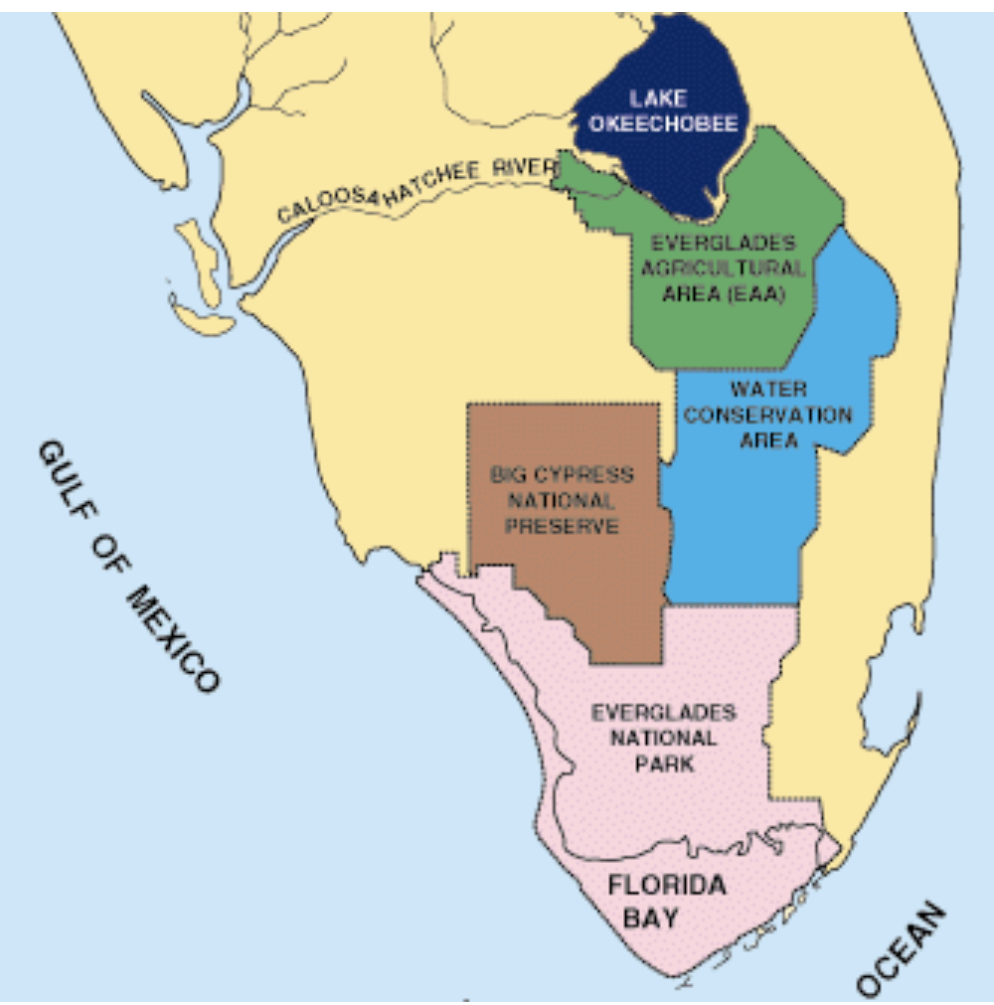
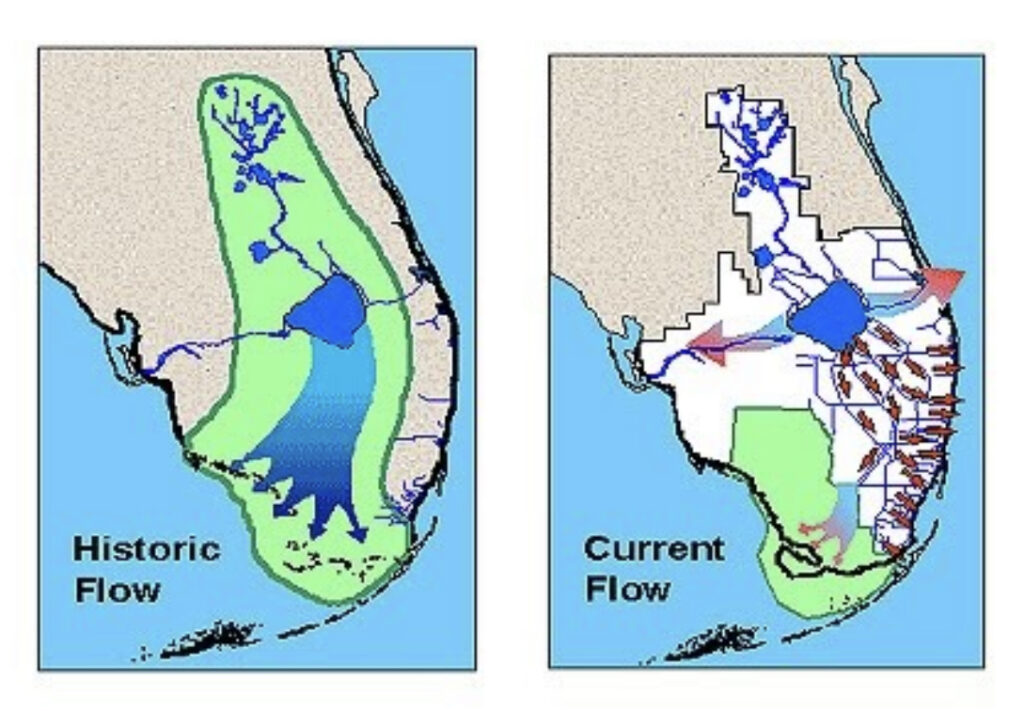
Additionally, there had been over-hunting of Everglade wildlife and in 1979, the unfortunate release of a pet Burmese python that is still causing problems. It is estimated that tens of thousands of these voracious snakes are now in the Everglades, destroying the wildlife; and they actually pay people to capture them for humane extermination. Our airboat driver turned around at one point as he thought he saw one. I was personally glad he wasn’t able to find it or we’d have been riding back with a live, bagged snake!
There are 3 main entrances to the Everglades National Park – Flamingo, Shark Valley and Gulf Coast. The best part about visiting is that you can be as adventurous or as low key as you want – you can take a kayak or ride in a pontoon boat, do a ranger-led wet walk or stroll the elevated boardwalks, cycle several dirt trails or a paved one that even supports a tram ride.
Starting at the Long Pine Key Campground we took a short unpaved hiking / biking out-and-back called Long Pine Nature Trail. During the ride, we actually caught up with a ranger-led cycling tour and tagged along for a bit as he discussed the importance of alligator holes for the animals that need to drink here during the dry season and the alligators that feed upon them (see additional info and videos in a prior blog post by clicking here).
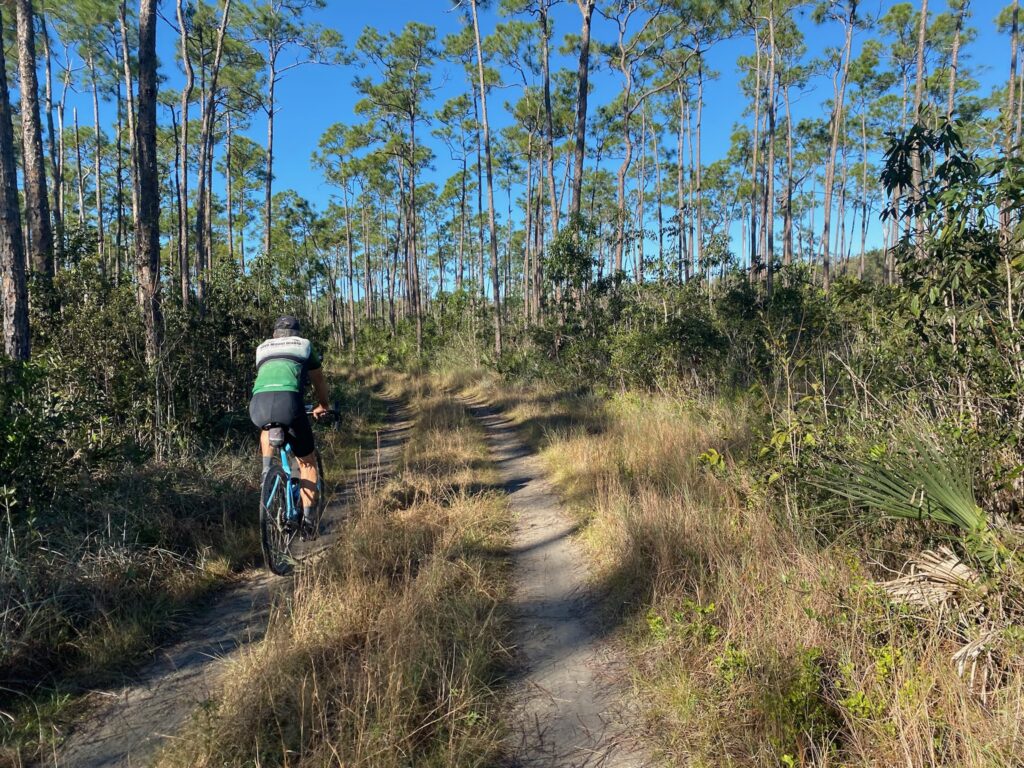
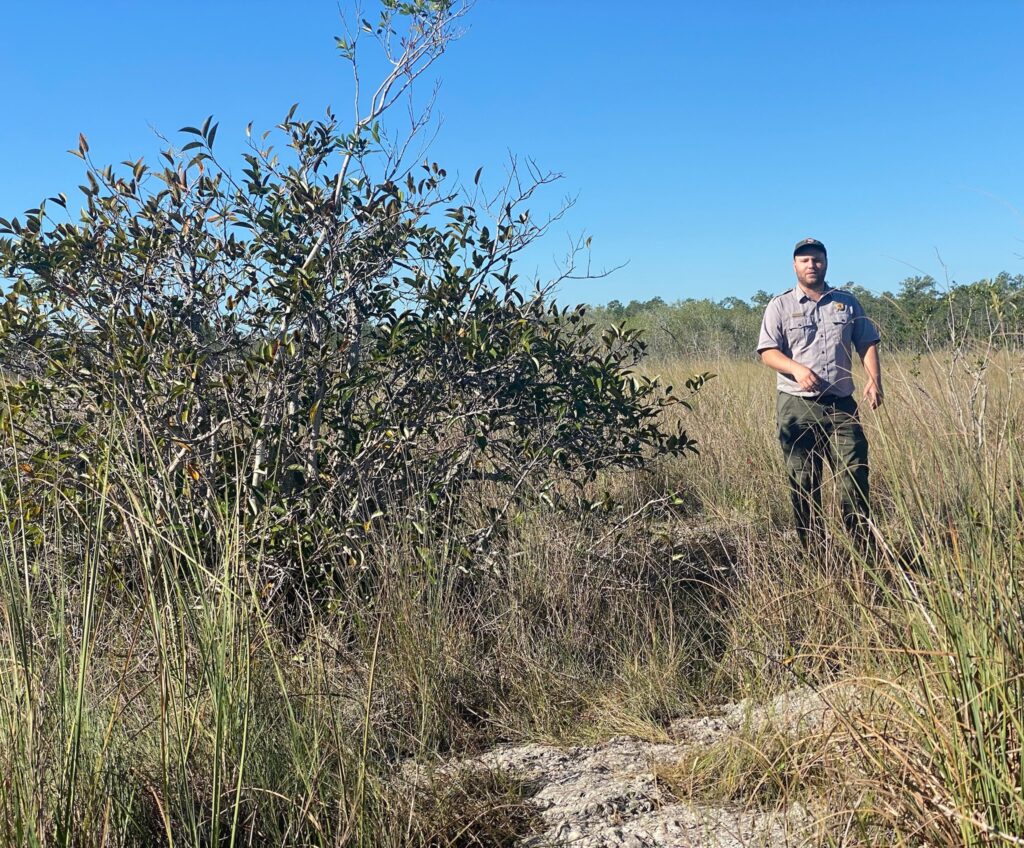
We didn’t make it to Shark Valley which is supposed to have a great cycling trail that runs along a canal but have read that many alligators can be seen here.
Where we did see alligators was along the Anhinga Trail. This is a 0.8-mile trail is partially paved and partially elevated boardwalk. It starts at the Ernest F. Coe Visitor Center. The rangers say it isn’t unusual for aligators to sun themselves alongside the path and, sure enough, they were! When asked if this was dangerous to people, they reminded us that the alligators are generally lazy and want a meal they can eat in one bite, so they aren’t inclined to attack humans. The reason they ask people to keep their distance (not just at this location but all locations) is because dumb people might feed them and/or agitate them and if you’re the next one to approach, they could be in a state of irritation.
Doug, as you know by now, believes posted signs to be recommendations, so he’ll mostly follow them, but sometimes not. Sure, he got an amazing picture, but his 7 foot distance seemed too close for my comfort!
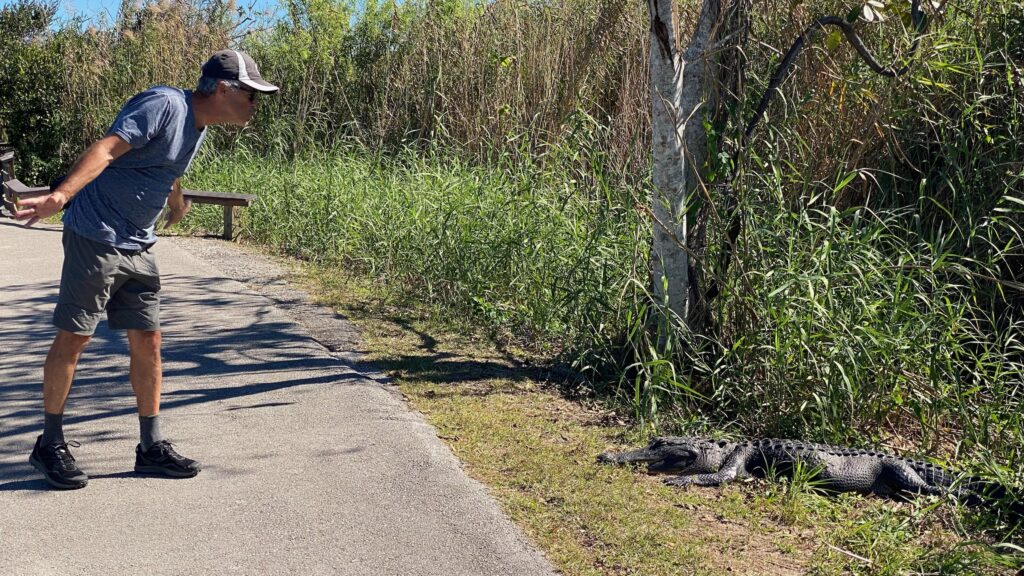
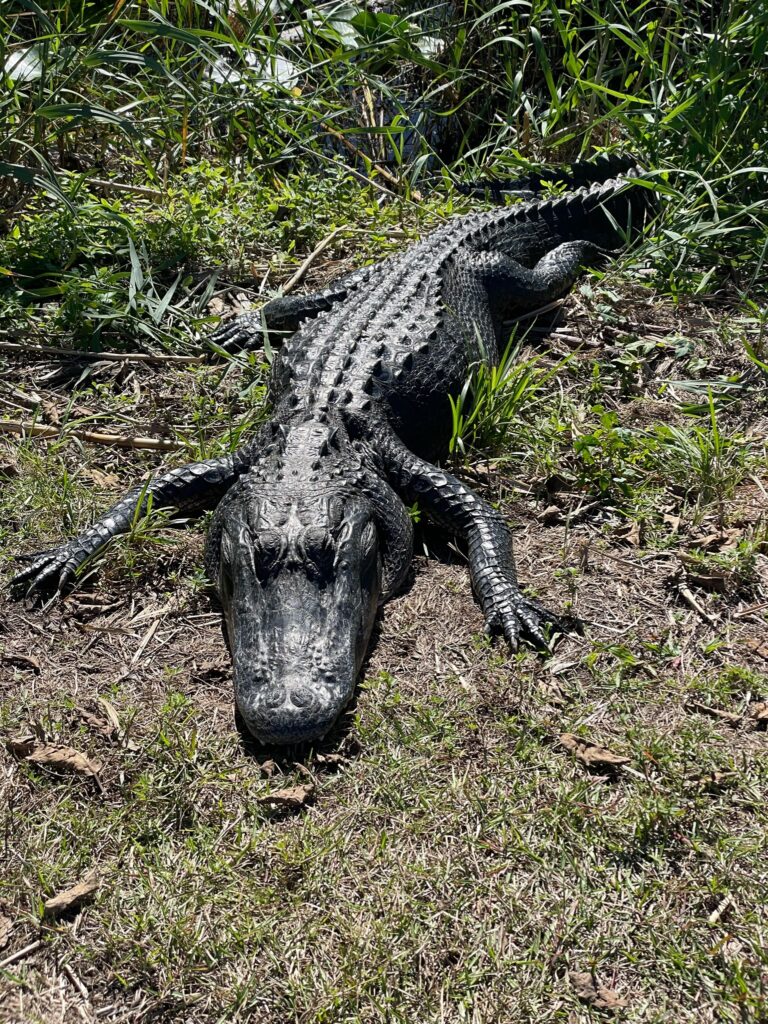
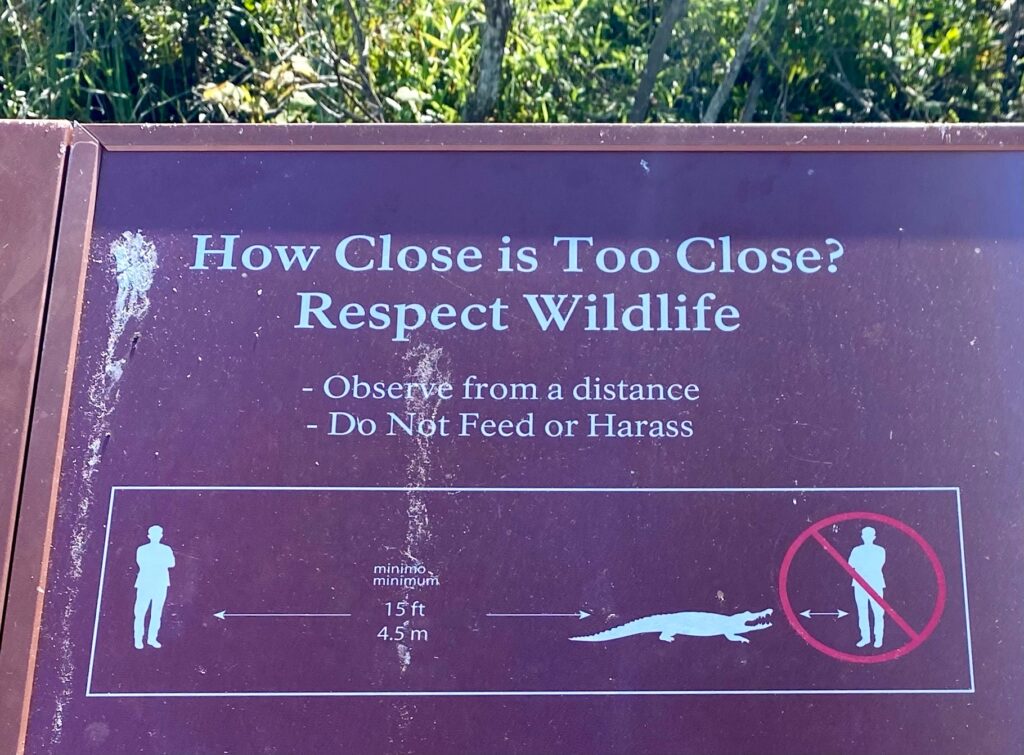
Alligator spotted from the Anghinga Trail


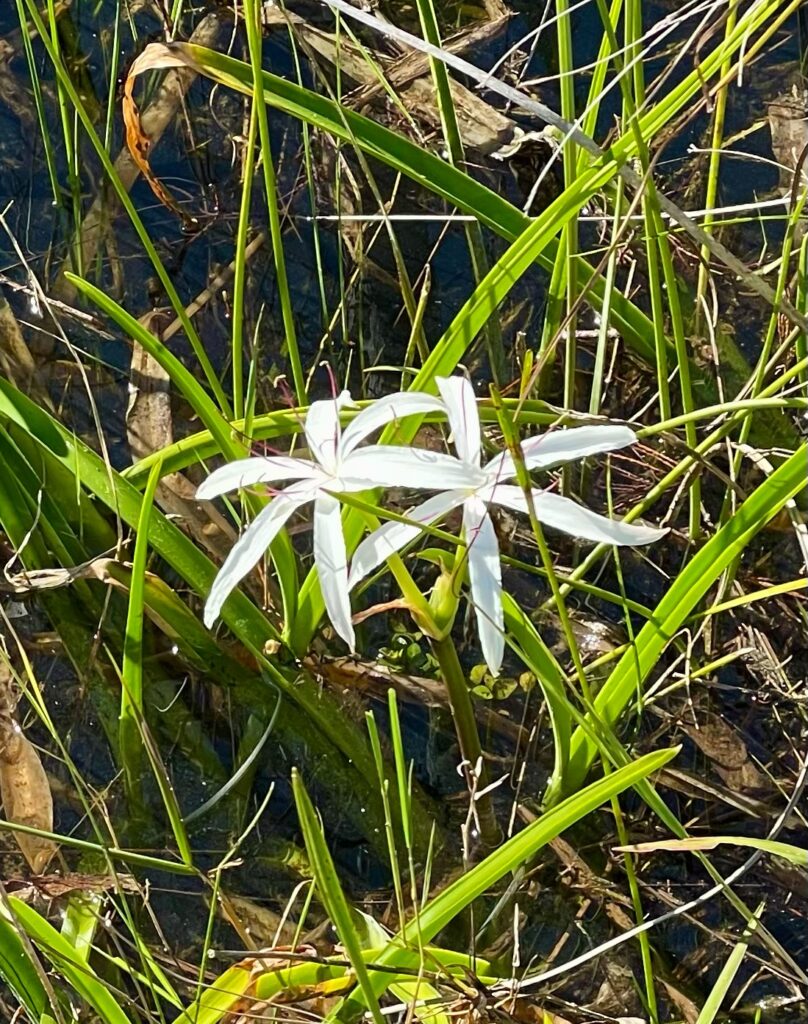
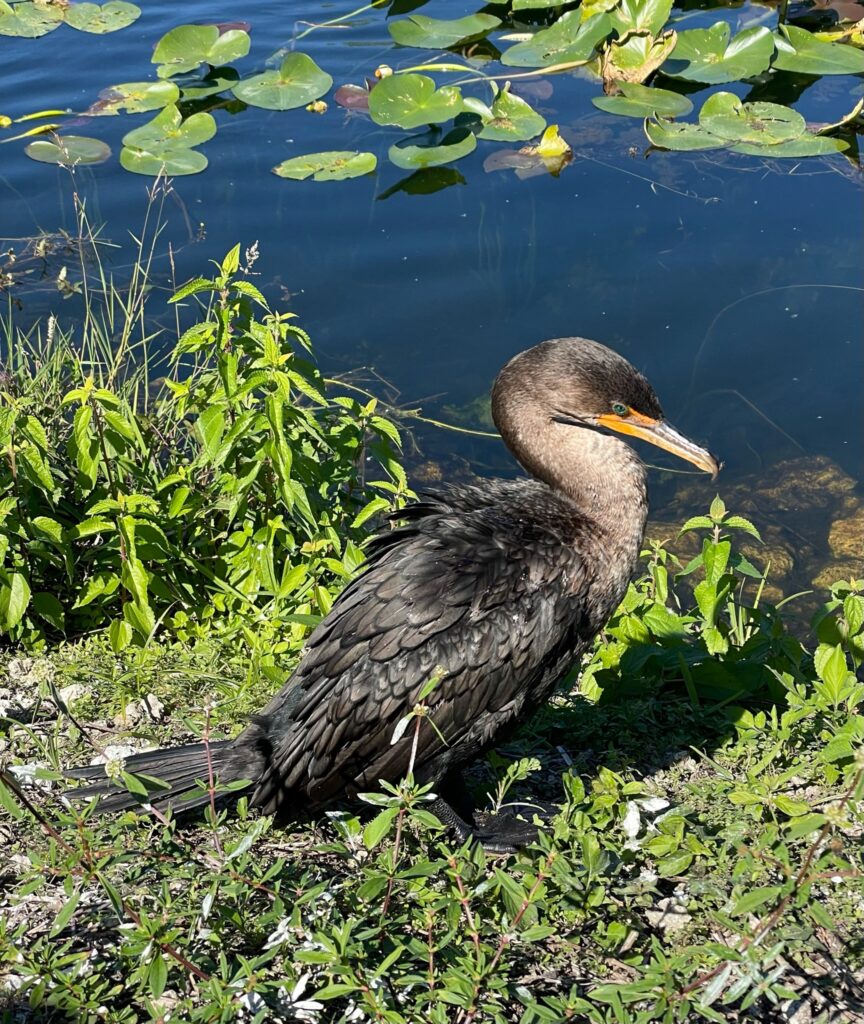
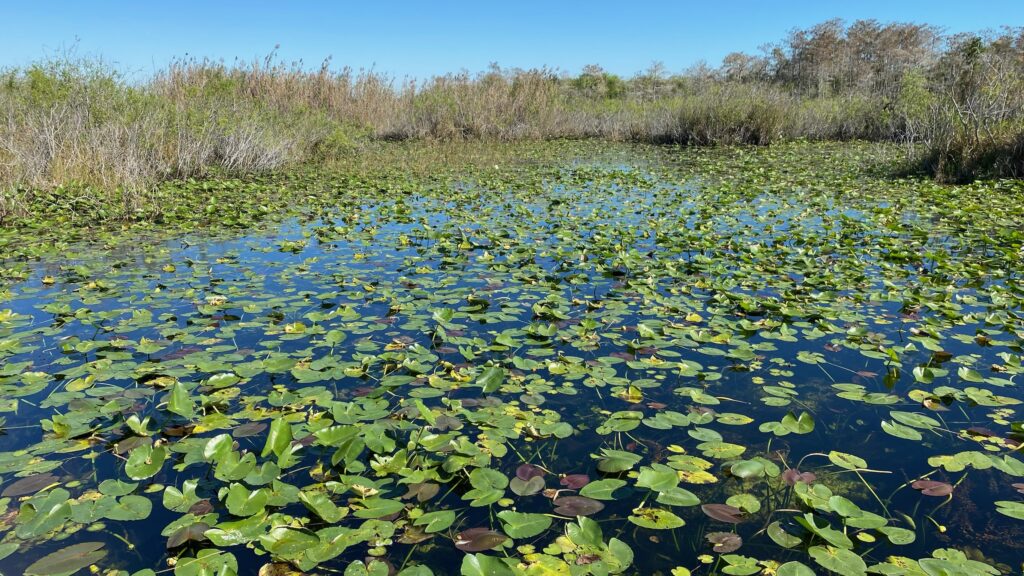
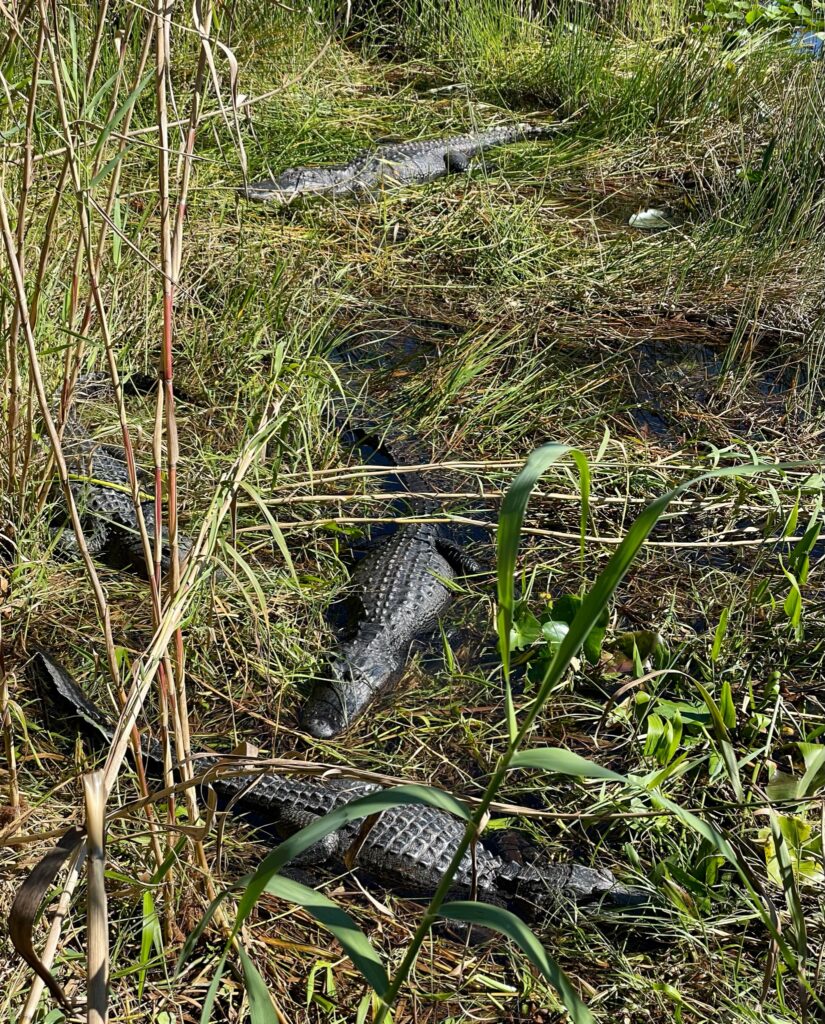
We also walked the Mahogany Hammock Trail. This hardwood hammock is accessed via a short walk along an elevated boardwalk but offers a completely different environment from the Anhinga Trail. Inside the hammock we were surrounded by tall trees, palm leaves, and thick brush. A real tropical feel.
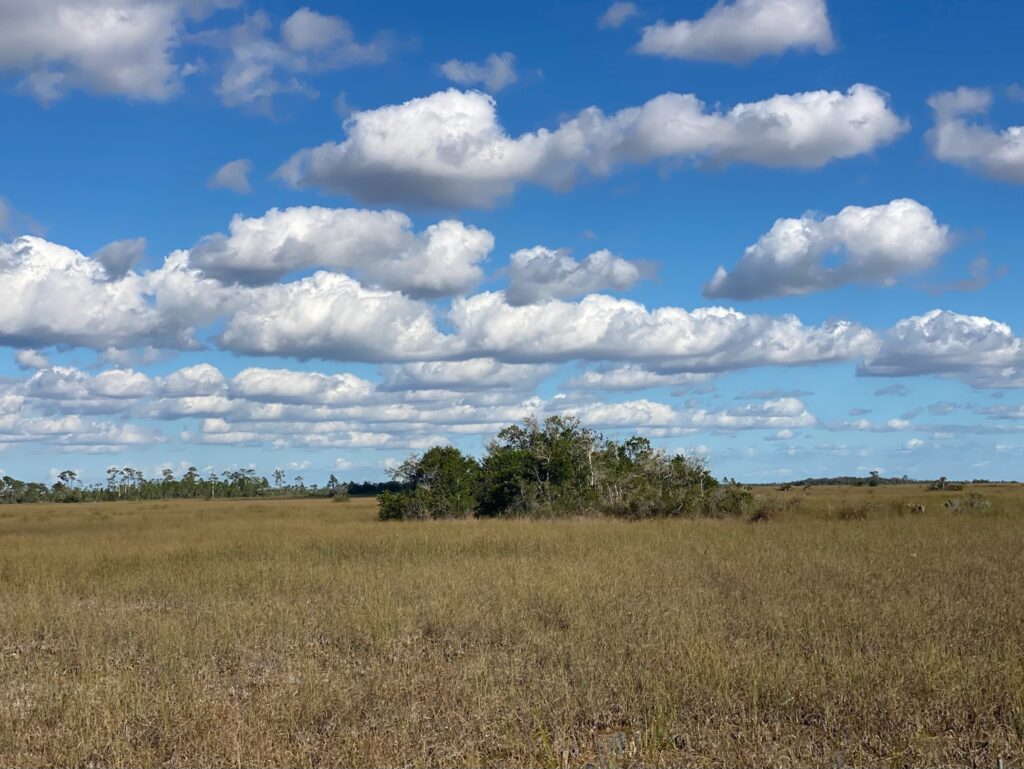
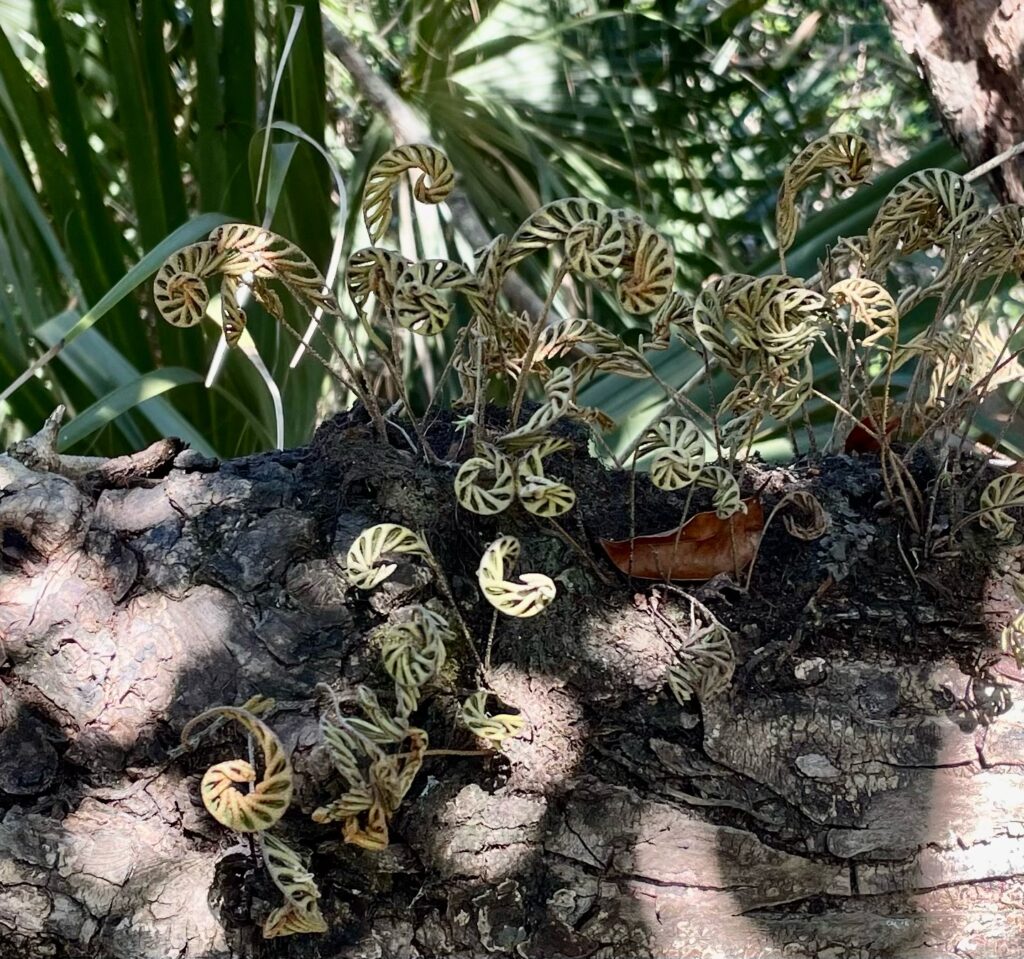
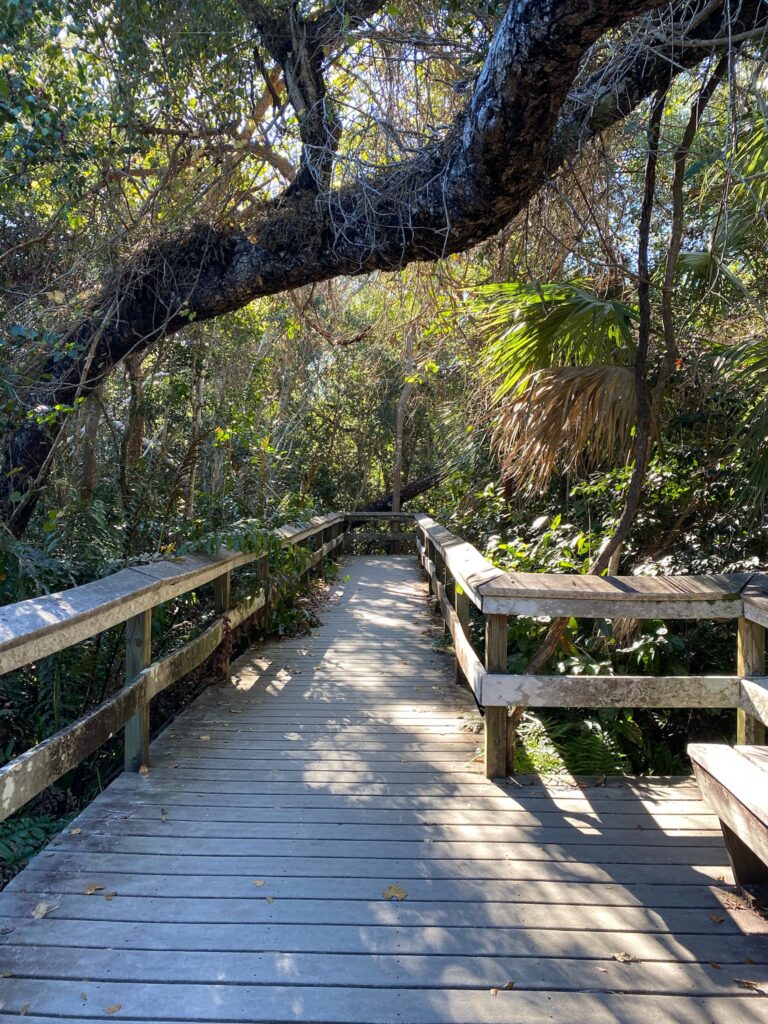
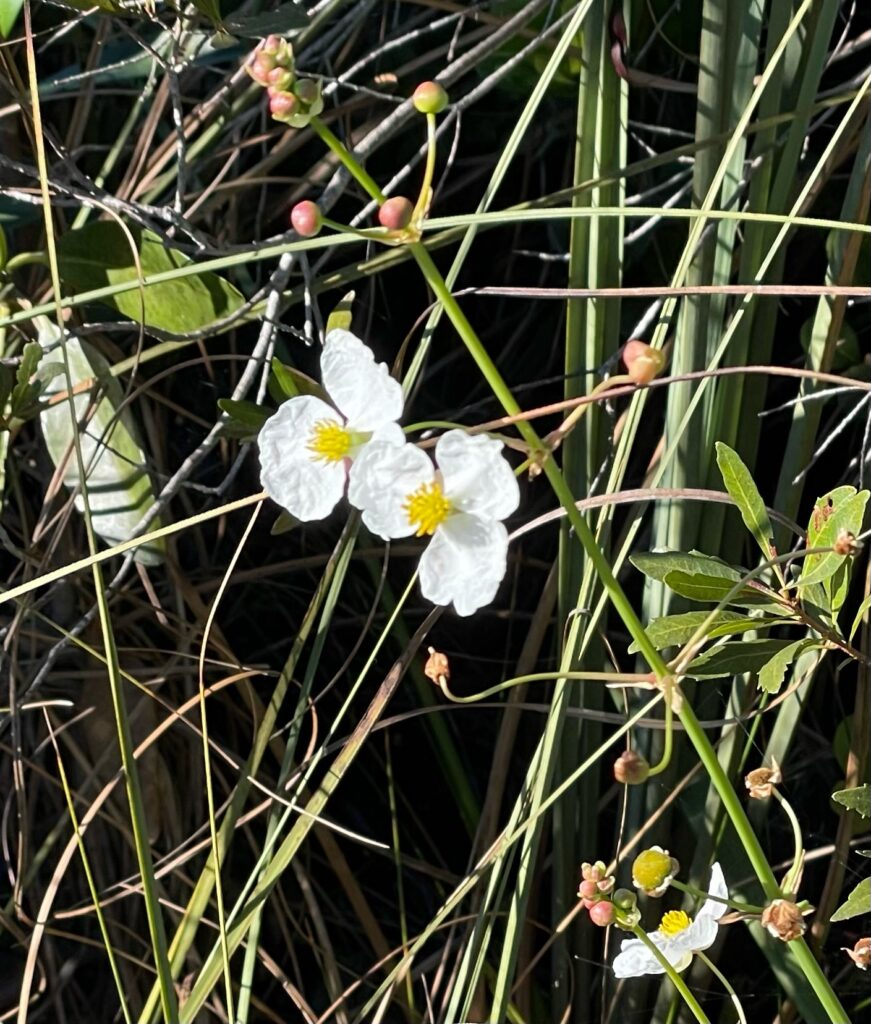
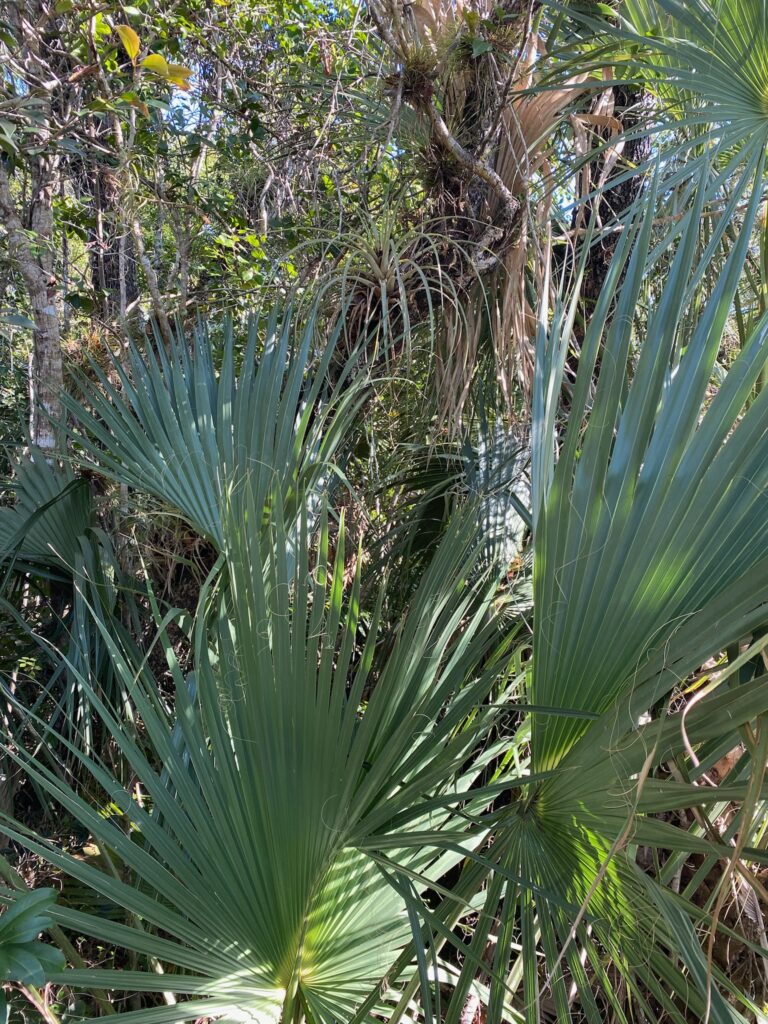
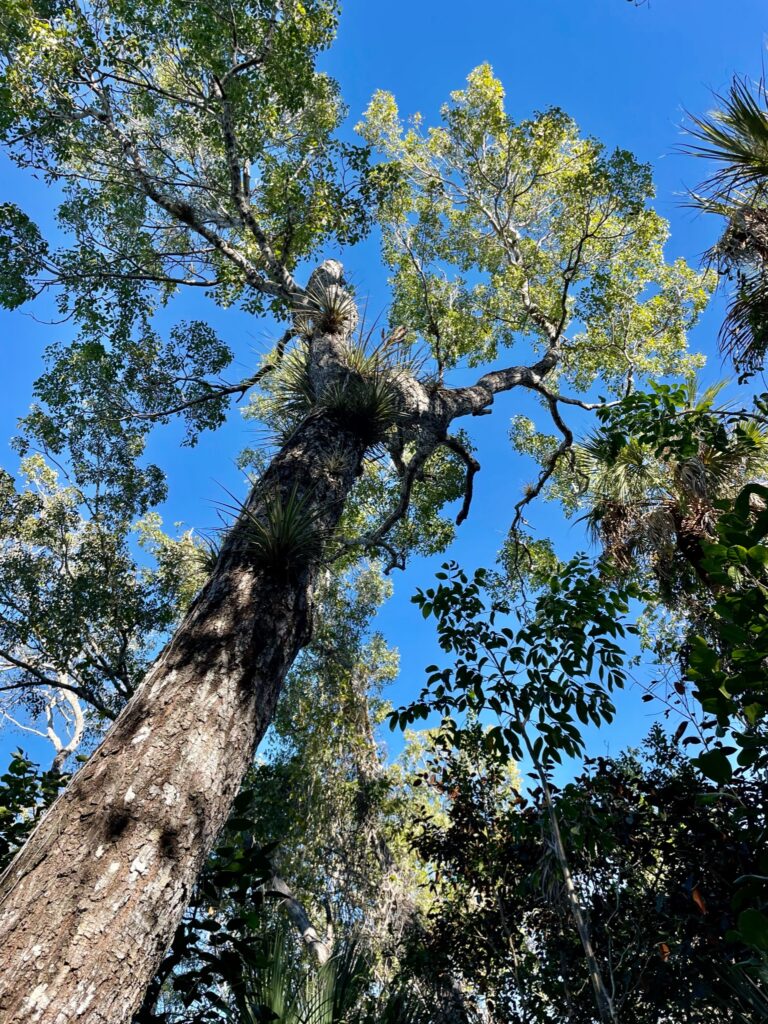
We booked a Flamingo Adventures pontoon boat tour that included a naturalist on board. The boat starts at Flamingo Marina, travels down the canal into Coot Bay and then into Whitewater Bay. The naturalist highlights unique plants and animals along the way. At the dock we saw manatee and in the canal, lots of different birds, alligators, and even a dolphin! We also learned the brown water often seen in these areas is not “dirty” or contaminated – it’s colored brown by the tannins produced by the red mangrove trees in the area.
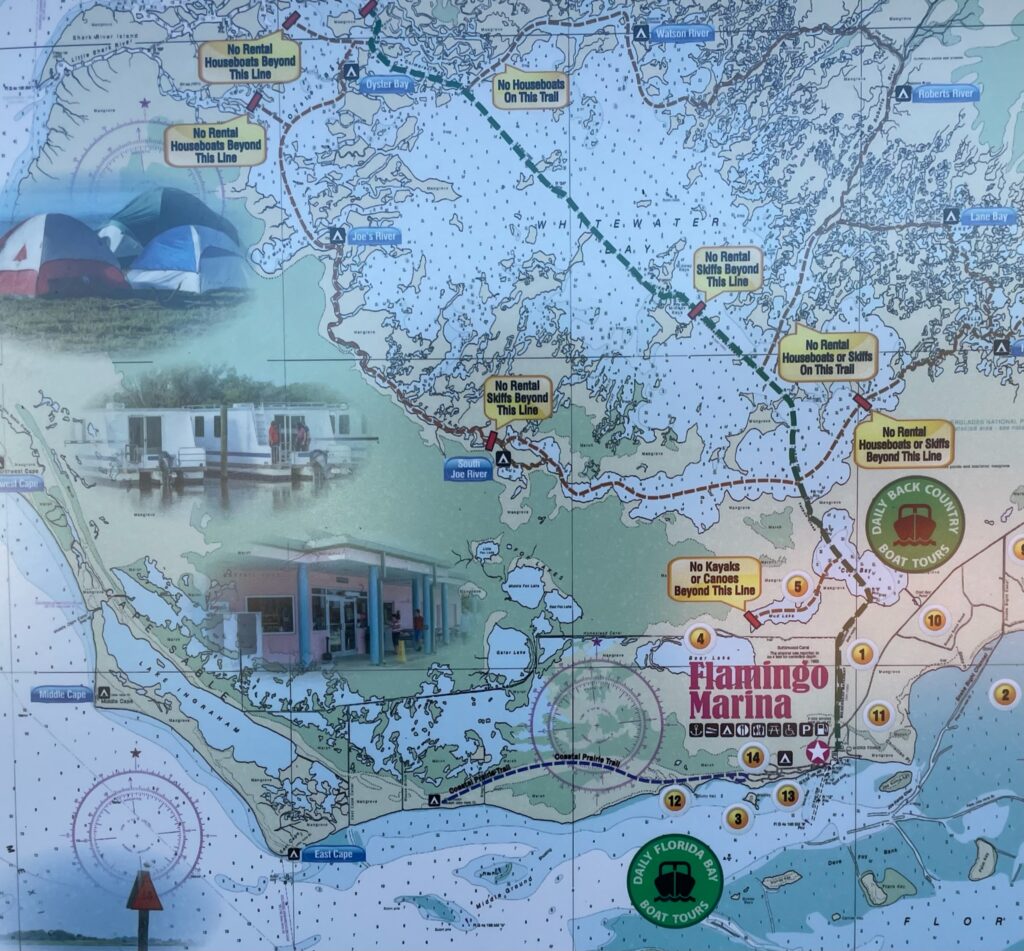
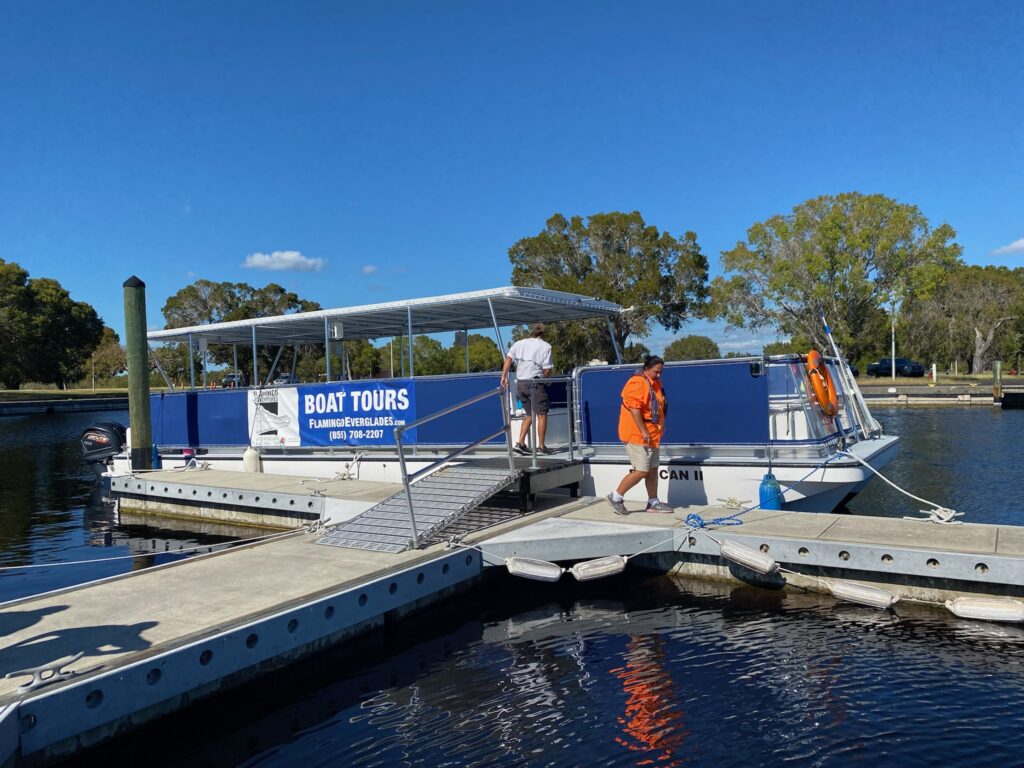
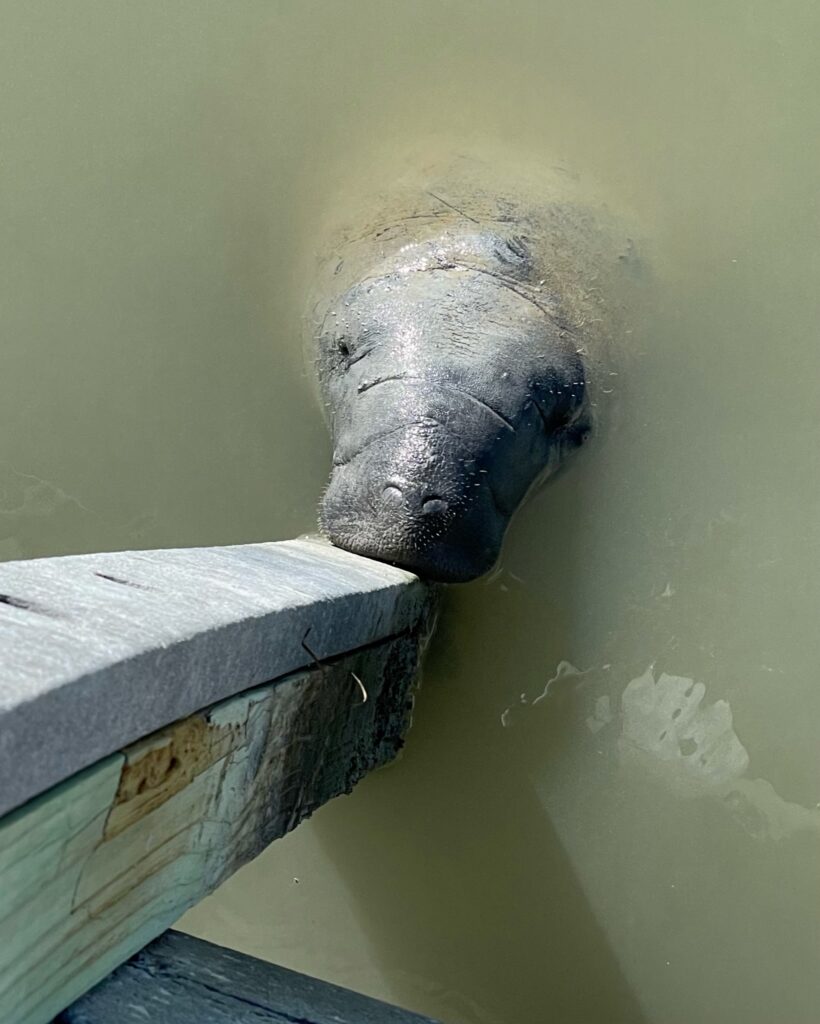
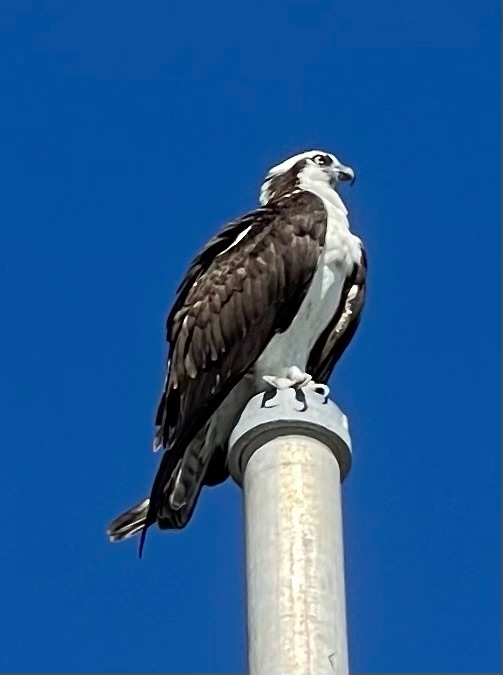







Pontoon ride with naturalist.
We’d already done some walks, some cycling, and a boat tour to get a sense for this unique park, but the absolute best way to understand the Everglades is by taking an airboat tour. It was the highlight of our trip. Walking around can give you sense for the marsh or the hardwood hammocks, but to appreciate the less than foot-deep flowing water that covers the grass growing up from the limestone underneath, the airboat tour is a must! You’ll see plenty of birds and alligators, a variety of plants and environments and the airboats feel like your own magic carpet ride! They’re absolutely magical, skimming along water tracks and then easily over grass without any bumpiness or change as they switch from one medium to the next. They are so cool! (Book your tour here!)
“You’ll see plenty of birds and alligators, a variety of plants and environments and the airboats feel like your own magic carpet ride! “



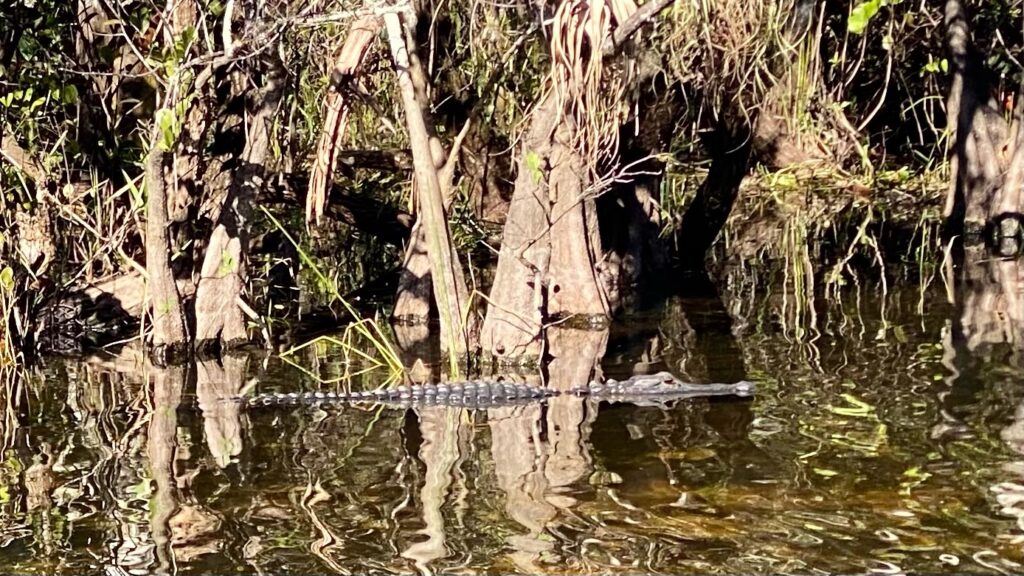
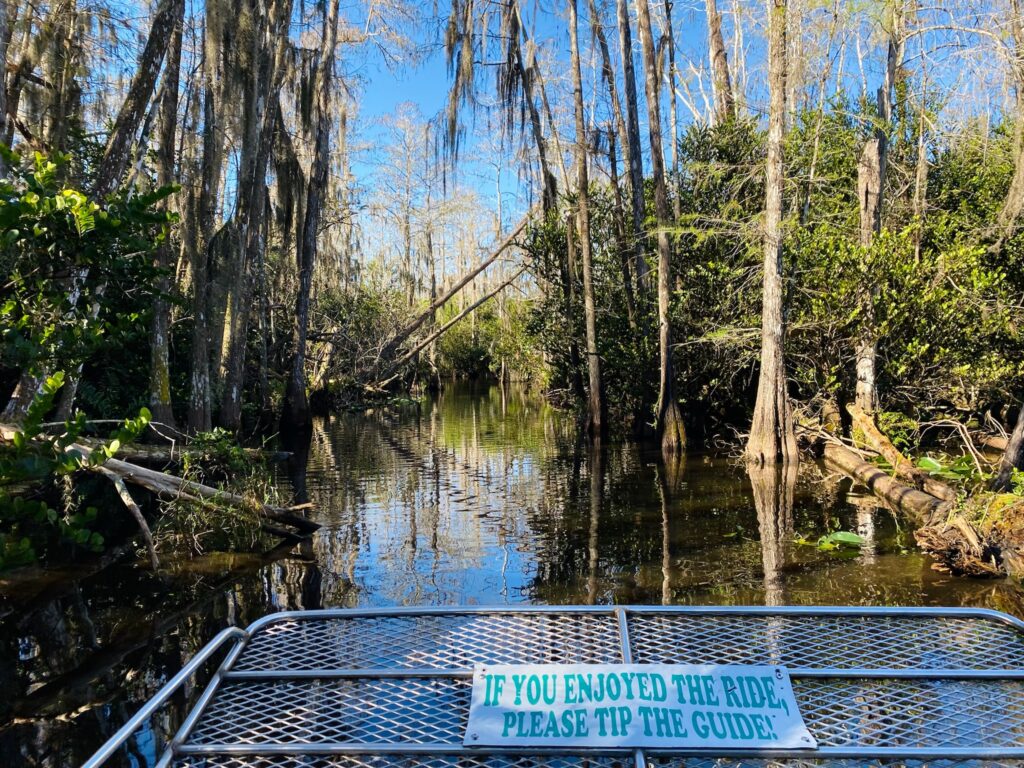
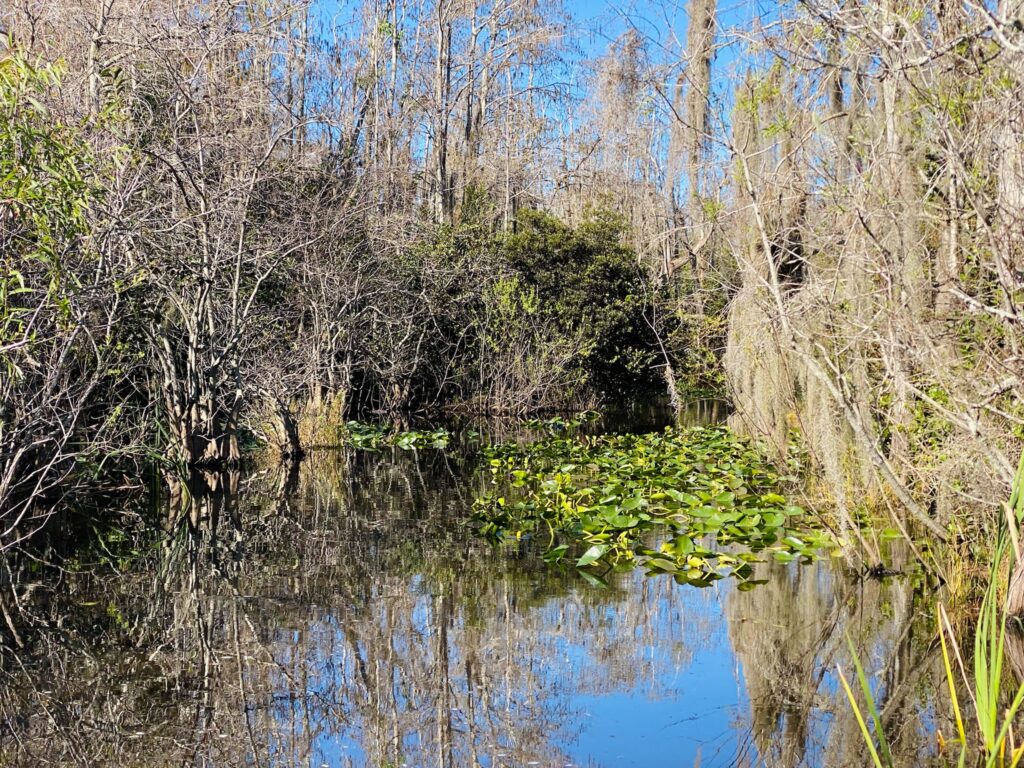
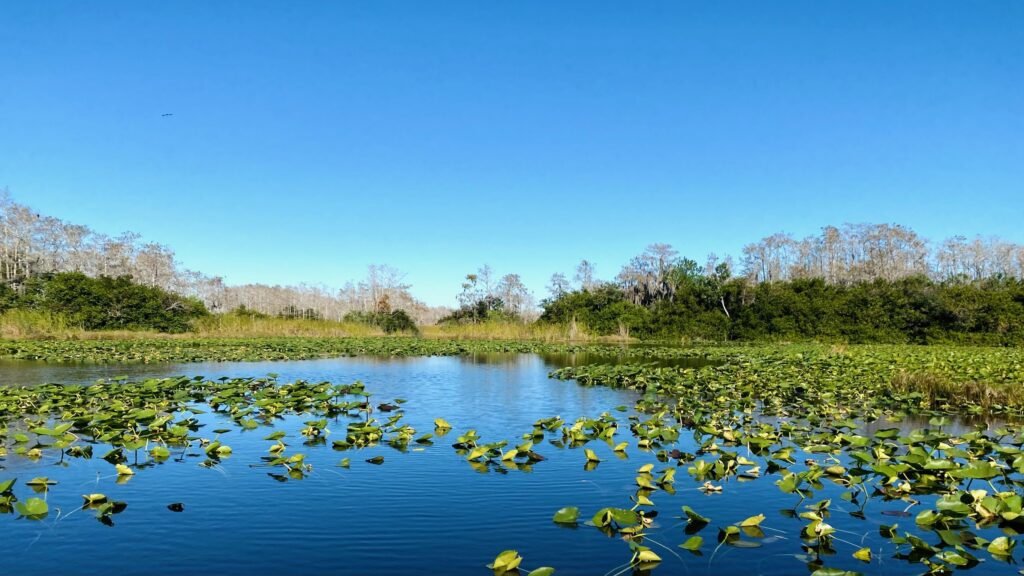
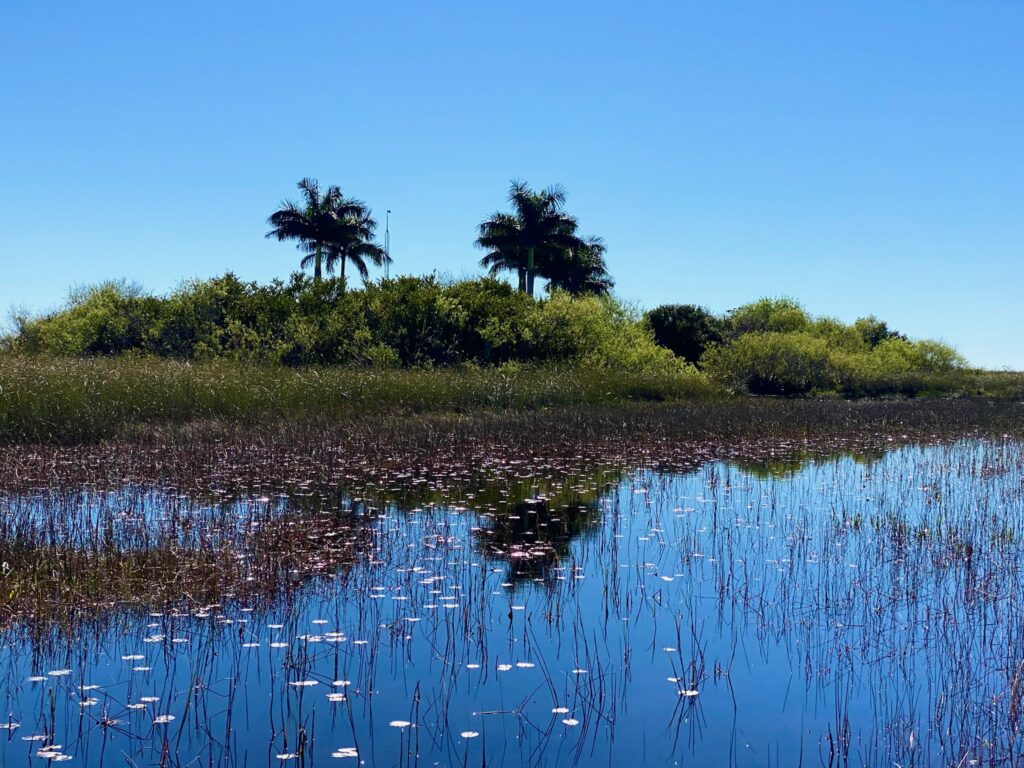
You can see from the pictures above what vastly different environments make up the whole of the Everglades and as I mentioned before there are many different ways to see it so don’t think that you’ll have to get out your waders and fend off crocodiles, alligators, bears, and panthers to do so! This is a fantastic National Park and I’m so glad that there is a massive project in process in Florida to restore more of the Everglades to its natural state. It really is one of the world’s most unique ecosystems.

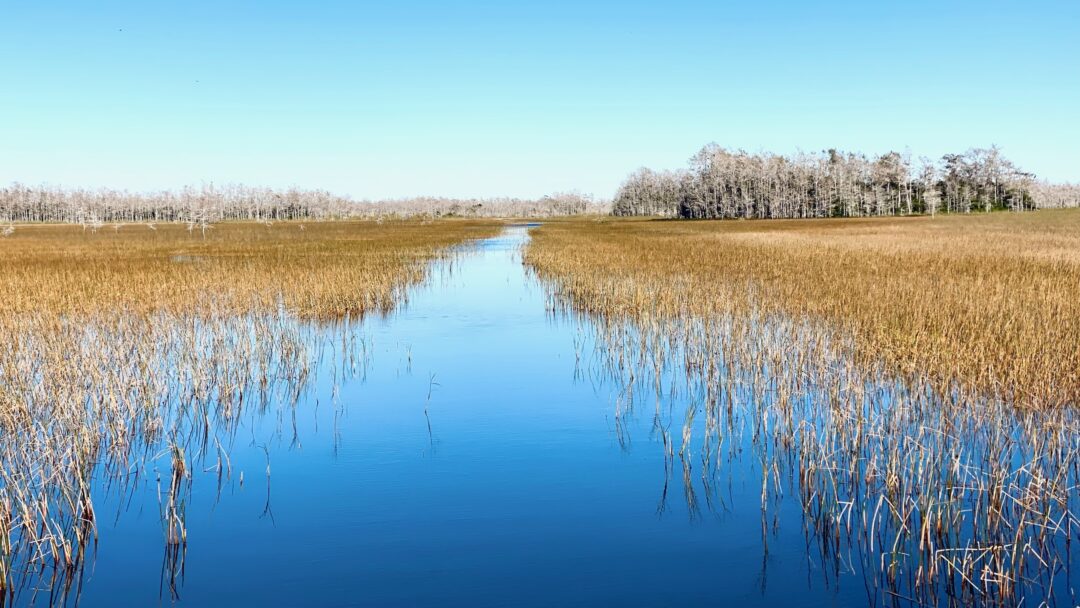
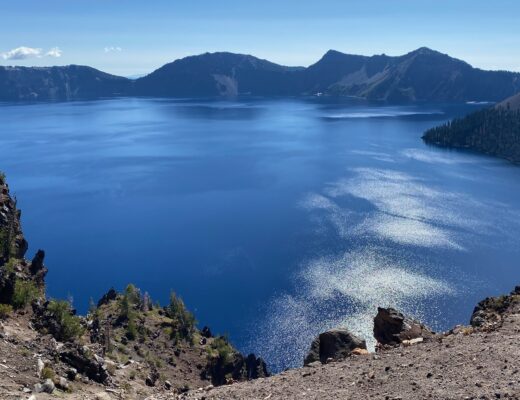
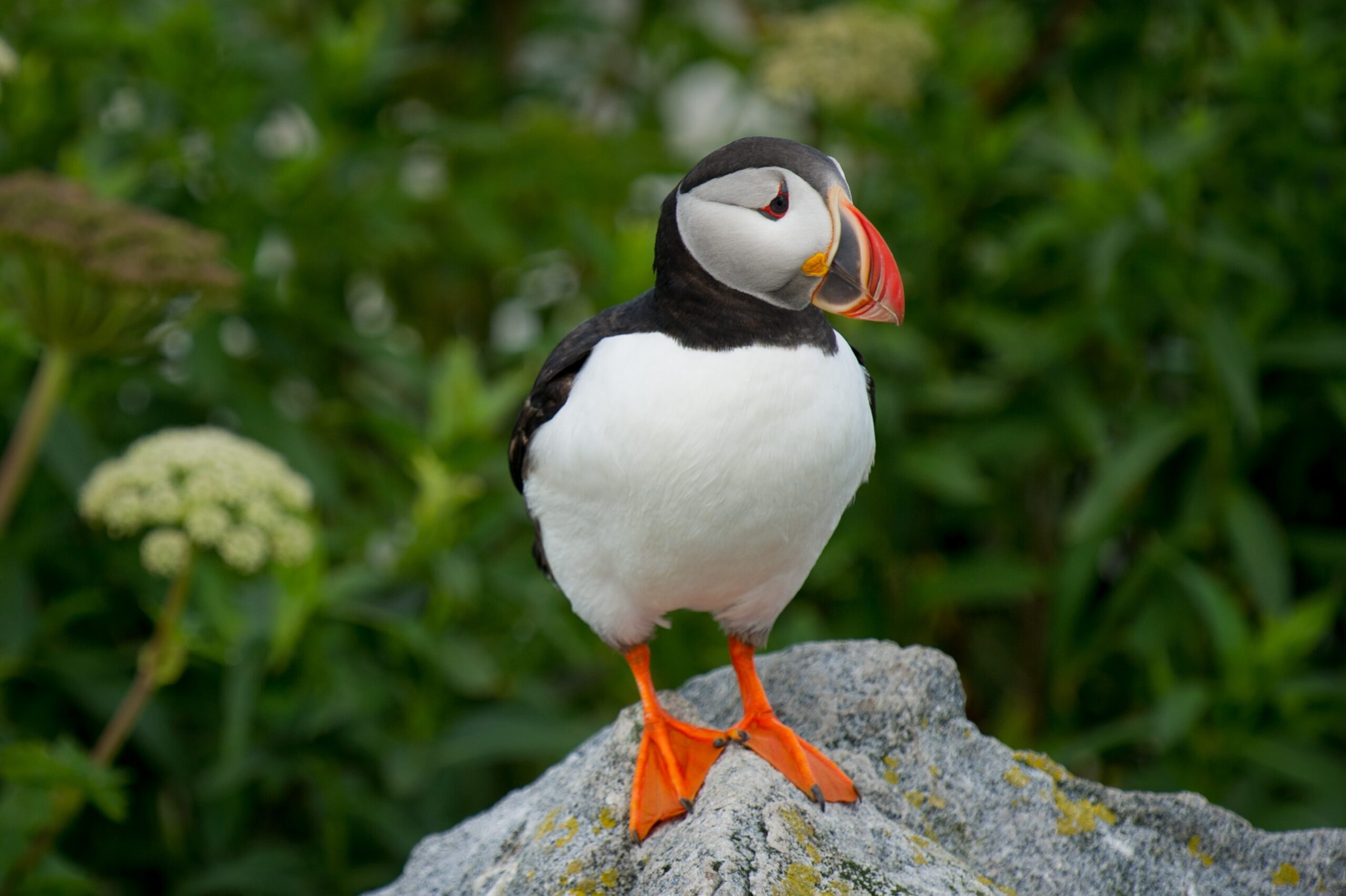
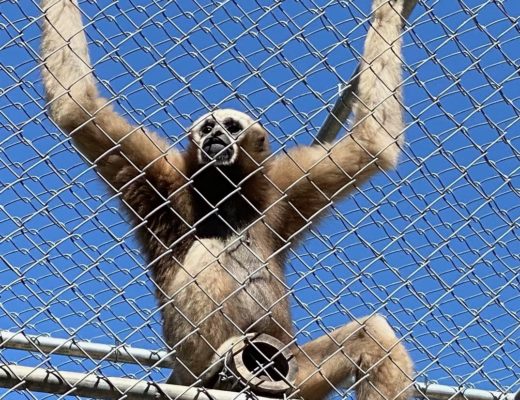








 Did you know that the oldest and largest aviati
Did you know that the oldest and largest aviati








 #camphairdontcar
#camphairdontcar


